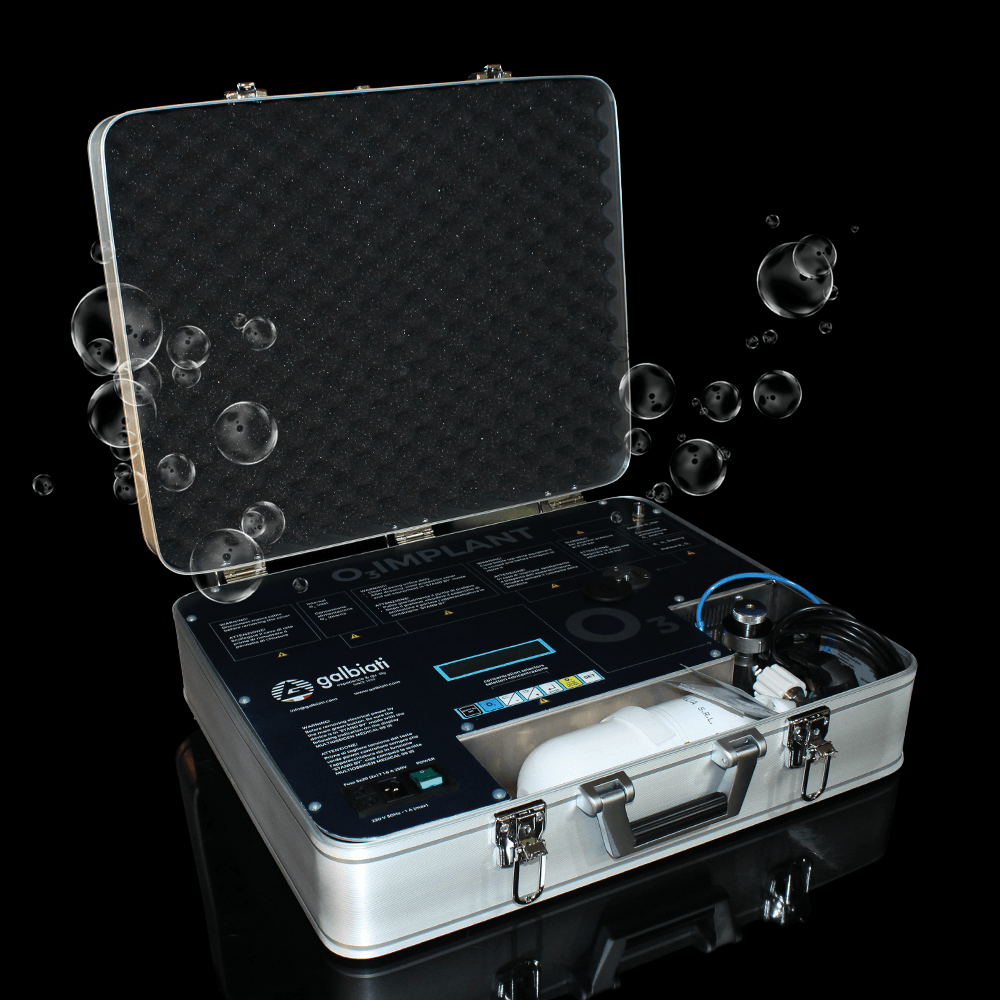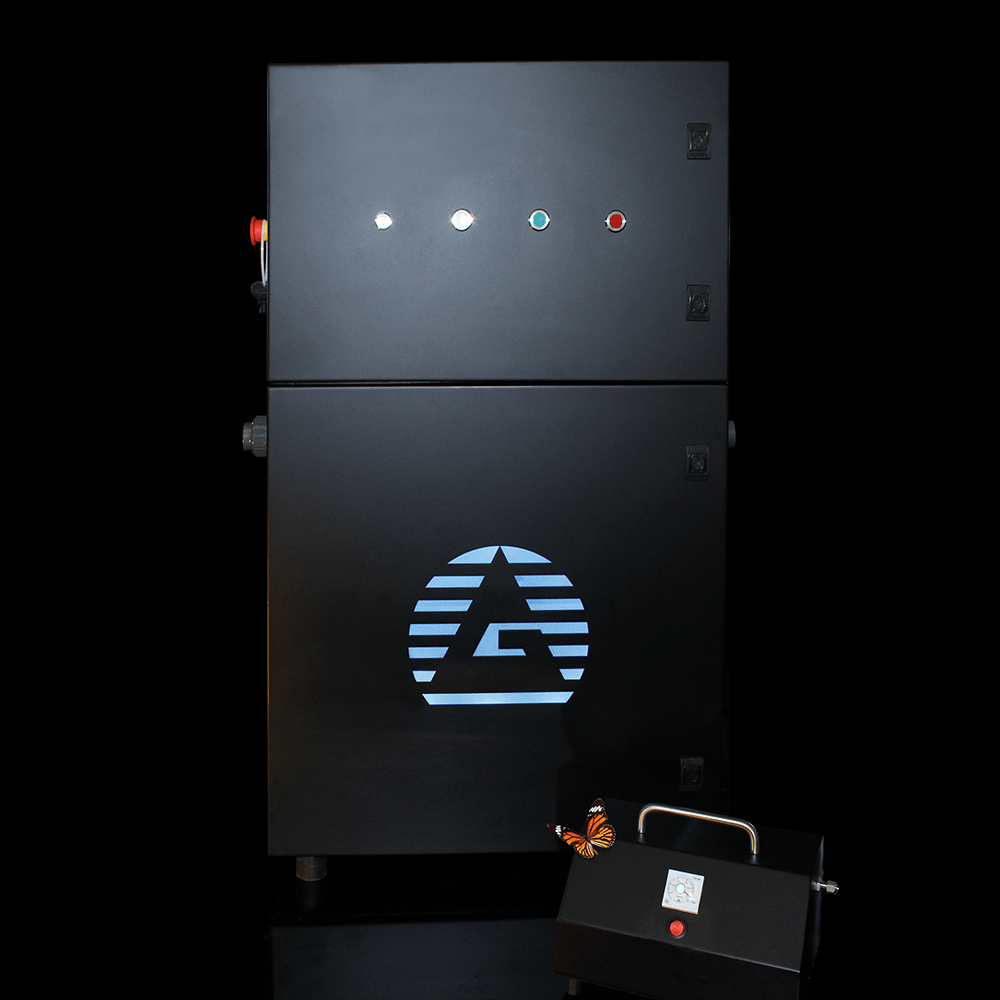OZONE KILLS
%
OF THE BACTERIA
History
- The word ozone is derived from the Greek word “OZEIN” which means odor.
- Christian Friedrich Shöbein (1840) recognized the ozone by its pungent odor and he is regarded as the
- Father of ozone therapy.
- In 1857 the first ozone generator for medical use was developed.
- In 1870 the first report on the ozone effects for purifying the blood in medical use.
- In 1881, it was used as a disinfectant in the treatment of diphtheria.
- In 1885, Florida Medical Association published the boook Ozone, written by Dr. Charles J. Kenworth, which details on the use of ozone on therapeutic purposes.
- In 1896, the first Ozone generating system was patented by Nikola Tesla.
- The dentist Fisch used ozone in dental procedure even before 1932 and in 1950 the ozonated water was used for dental procedure.
- In 1971 the International Ozone Institute (IOI), now know as International Ozone Association (IOA).
- After 150 years of studies and experiments, nowadays the oxygen-ozone therapy has been widely used all over the world.
Applications
The industrial ozone applications have been developed very quickly, in particular in Healthcare field (hospital, nursing home, wellness center), zootechnical, farming, food, military and civil field (house, office and gym sanitization).
On the contrary of harmful to human’s chlorine and the various chlorine derivates, ozone is a gas characterized by a very high oxidation potential, capable of destruction of all types of viruses, fungi, bacteria and spores. This gas can be used for water and air treatment, but also for the prevention and treatment of different dental pathologies.
Ozone in Dentistry
Among the most studied molecules of the Twentieth Century, ozone was used for the first time in dentistry in 1950. In July 1996 ozone was recognized by the Italian Ministry of Health as “natural means for the environment sterilization”. From that moment, thanks to the big success of the oxygen-ozone therapy, ozone sanitary applications have developed very quickly.
Ozone embraces all dental practice, as it is applicable in many areas, such as caries prevention and treatment, endodontics, oral surgery, periodontics, implantology, prevention and treatment of surgical infections. Furthermore, ozone helps in case of alveolitis, peri-implantitis and periodontitis. Ozone significantly improves the dental treatment quality and speeds up the patient healing.
Dental Applications
- Treating Caries
- Managing Periodontal Infections
- Ozone in Endodontics
- Viral and Fungal Infections
- Sinusitis and Temporomandibular Joint Dysfunction
- Bisphosphonate Lesion Treatment
- Bleaching
- Desensitization of Sensitive Root Necks
- Implantology: pre-/post peri-implantitis therapy
- Immunostimulant Action
Please fill-in to download Case Studies

MEDICAL OZONE
GENERATOR
Effectiveness and best safety

OZONE WATER TREATMENT MACHINE
H3O BLACK
Natural method based on oxygen
“Ozone is painless“
THE EXPERT SPEAKER
The ozone is a natural method based on oxygen, it does not leave residual chemicals, it is immuno-stimulating, analgesic and anti-inflammatory, totally hypoallergic with anti-hypoxic and detoxicating effect. Thanks to the anti-microbial and immune-stimulating action, our surgical treatments will be by far more effective.
ME & OZONE
I went over the practice of the oxygen-ozone therapy as patient in a completely casual manner in 2014. Even if I did not believe in the result that had been obtained, I thought it would also be interesting in my field. Since than the use of oxygen-ozone therapy has been changing my surgical practice and the management of my clinic. In my clinic, air, water and instruments are being treated by using the ozone. This practice improves the surgical operations and the recovery.
LINKED CLINICAL CASE STUDIES
Ozone Therapy in Dentistry
J Infect Public Health. 2012 Aug;5(4):269-74
Antimicrobial effects of ozonated water on the sanitization of dental instruments contaminated with E.Coli, S.aureus, C.albicans, or the spores of B. atrophaeus
J Oral Maxillofac Surg. 2017 Jan; 75(1): 51.e1-51.e9
Does Topical Ozone Therapy Improve Patient Comfort After Surgical Removal of Impacted Mandibular Third Molar? A Randomized Controlled Trial
J Nat Sci Biol Med. 2011 Jul;2(2):151-3.
Ozone therapy in Dentistry: A strategic review
J Periodontal Implant Sci. 2018 Jun 30;48(3):136-151.
The effects of ozone therapy as an adjunct to the surgical treatment of peri-implantitis
Braz Oral Res. 2017 Jan 5;31:e2
Antimicrobial activity of ozone and NaF-cholorhexidine on early childhood caries
Open Access Maced J Med Sci. 2018 Feb 14;6(2):389-396
The Effect of Gaseous in Infected Root Canal
Eur J Dent. 2016 Jul-Sep;10(3):381-5
Efficiency of gaseous ozone in reducing the development of dry socket following surgical third molar extraction
Open Dent J. 2016 May 11;10:196-206.
Ozone – A Biological Therapy in Dentistry – Reality or Myth?
Int J Prev Med. 2018 Apr 11;9:37.
Prevention of Cross-contamination
Niger J Clin Pract. 2018 Jun;21(6):703-710.
Is Low Level Laser Therapy and Gaseous Ozone Application Effective on Osseintegration of Immediately Loaded Implants?
J Appl Oral Sci. 2019 Jan 14;27:e20180108
Evaluating clinical and laboratory effects of ozone in non-surgical periodontal treatment: a randomized controlled trial


